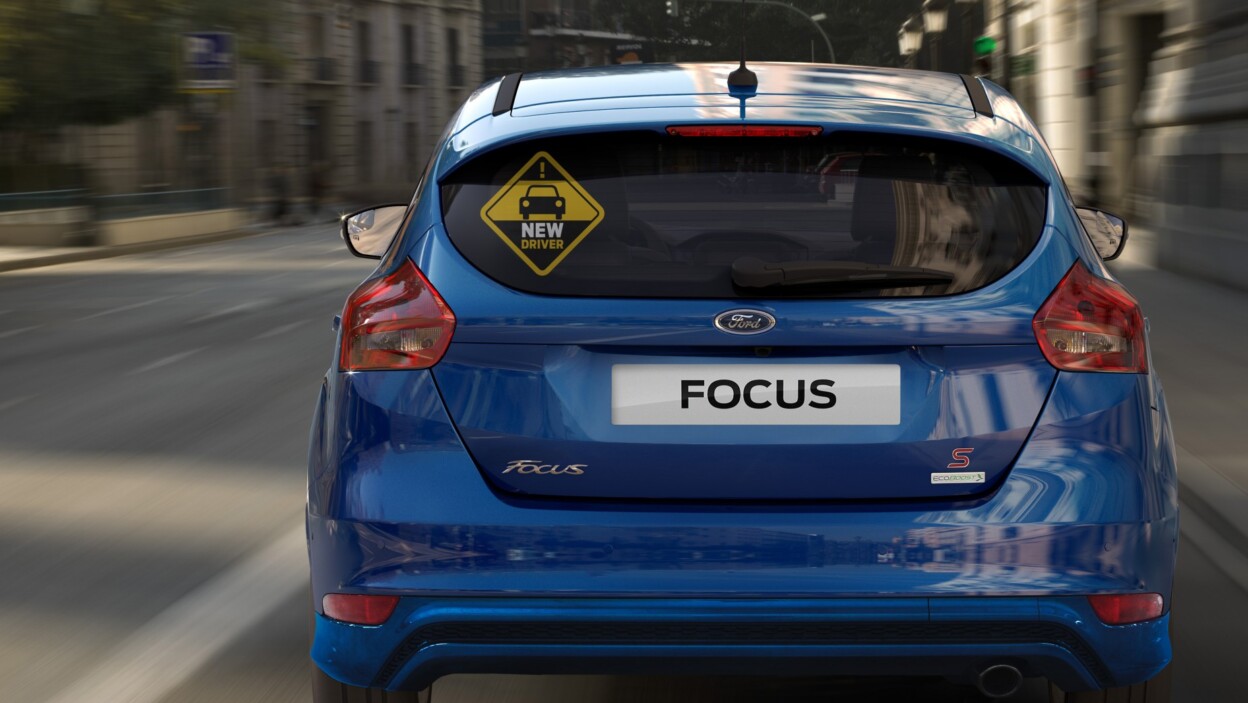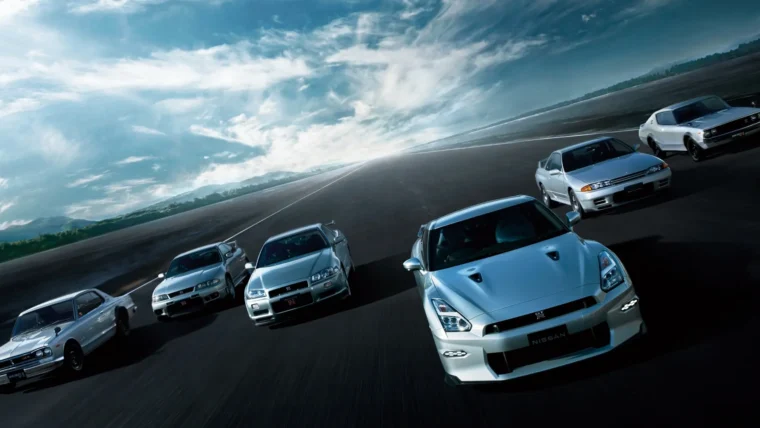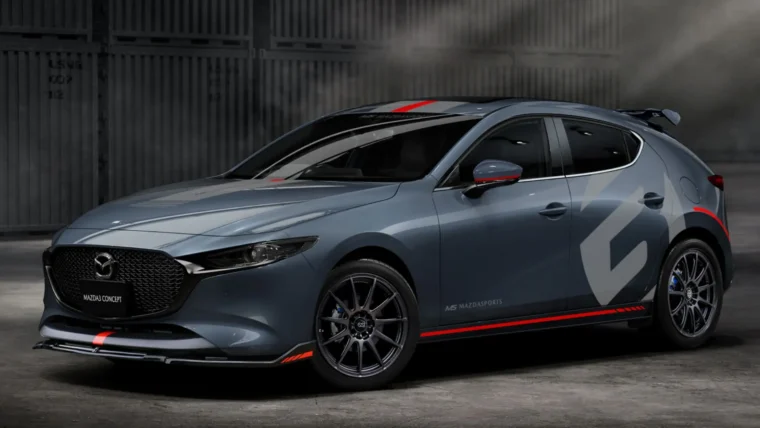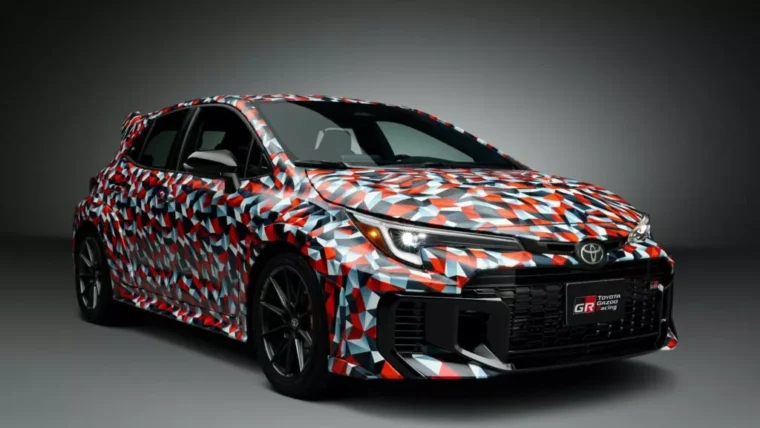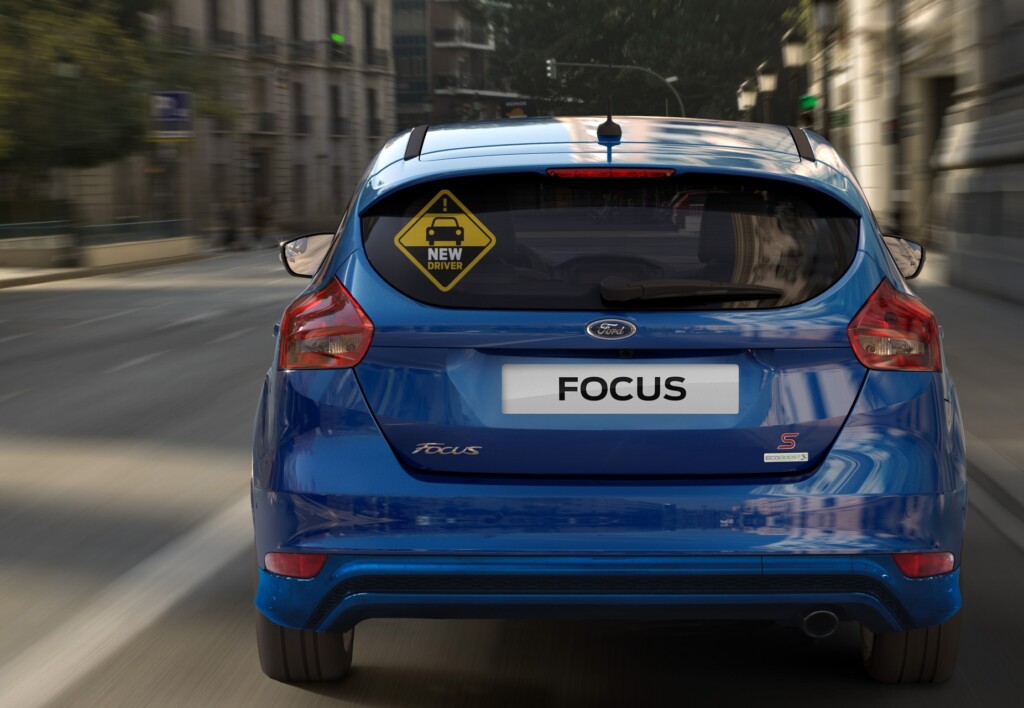
You’ve done your practice drives and passed your license exam.
Now it’s time to drive in the real world, where the roads can get hectic, distractions are all around, and other drivers seem to be constantly late to wherever it is they’re going.
All this can feel pretty daunting, so before you get into the driver’s seat, here’s what you can do to make sure you arrive safely, with nerves intact.
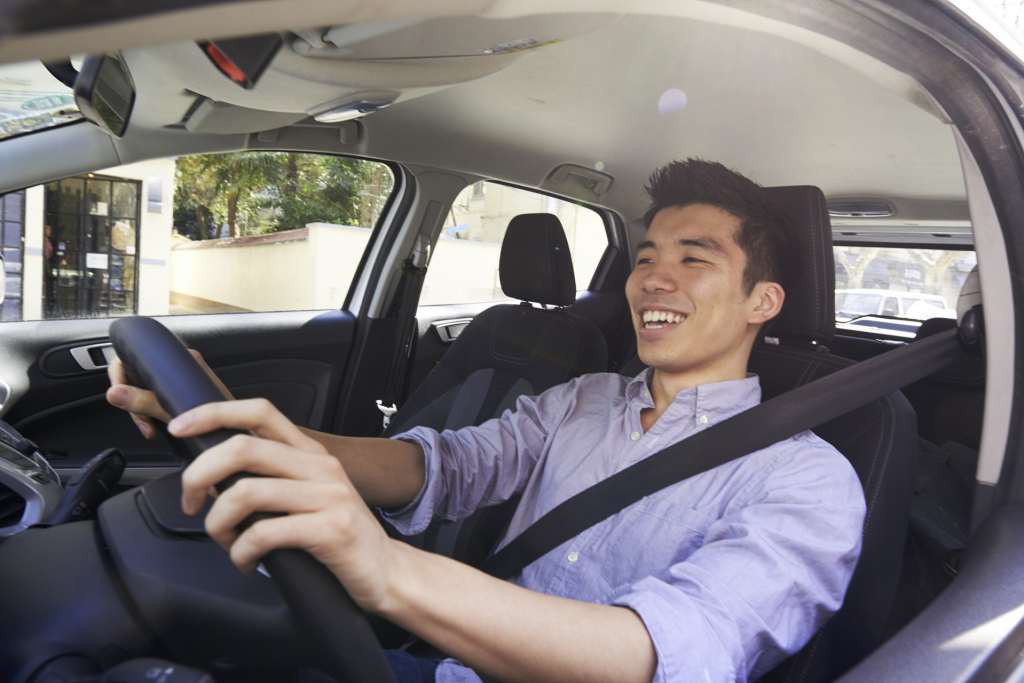
- Buckle up! – This should always be the first thing you and all your passengers – front and back seat – do when you get in the car. But don’t just take it from your parents; the U.S National Highway Traffic Safety Administration (NHTSA) and Centers for Disease Control and Prevention (CDC) estimate that the seatbelt is effective in reducing serious crash-related injuries and deaths by about half . Just as you as the driver get to pick the music, it is also your prerogative – and in fact your responsibility – to get your passengers to buckle up too.
- Speeding kills – So don’t do it, seriously. It’s as simple as that. Always keep within the speed limit (or well below it if you are driving on wet, icy, narrow, or windy roads). Young drivers in particular can be more likely to see speed as exciting and are particularly prone to approaching bends too fast and overtaking dangerously. Why risk your safety and getting a ticket just to get there two minutes faster?
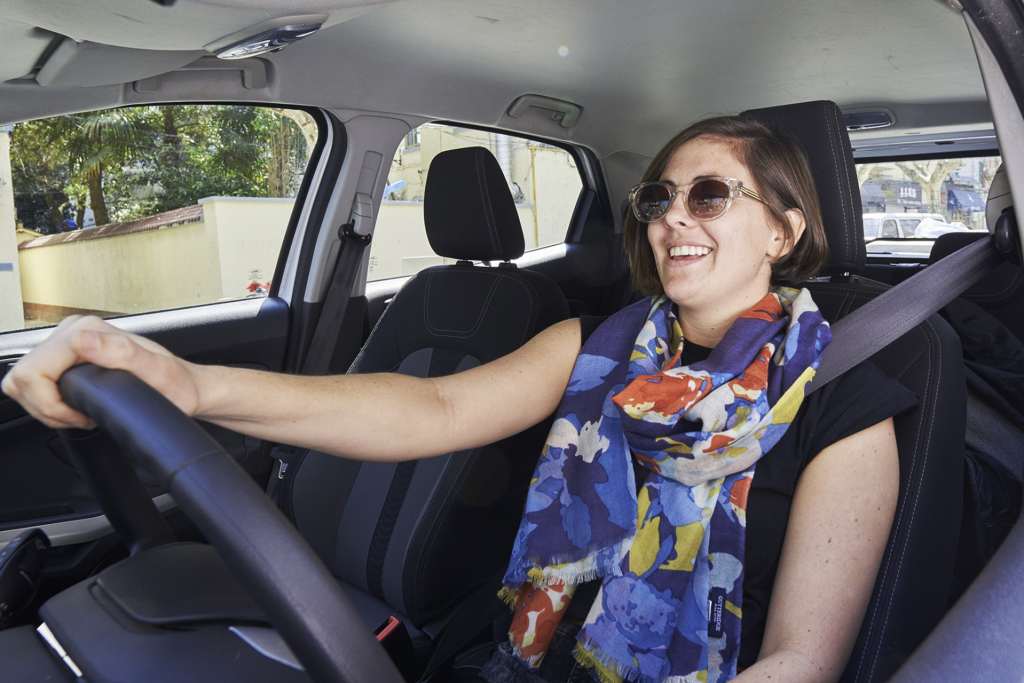
- Boring but important – Make sure you have the appropriate paperwork with you in your vehicle. This means: your driver’s license, a copy of your insurance policy, registration papers, and emergency information. Different countries – and even different states or provinces – have different laws about what you need to carry while driving, so do your research and be prepared. It’s also important to know the right thing to do if you get pulled over by the police (move to the side of the road when it is safe to do so, and stop). Stay calm and be cooperative – the police have a job to do too.
- Managing rush hour traffic – Crawling along in rush hour gridlock can be frustrating for any driver, experienced or not. Try to keep enough distance between you and the car in front so you have time to respond to sudden braking – as a rule of thumb, always stay three cars lengths from the car in front of you. Get to know your car’s features and how they can help. For instance, vehicles like the new Ford Focus are equipped with Active City Stop technology, which operates at speeds below approximately 50 km/h by applying the brakes if it detects that a crash is likely.
- Your Anti-Lock Braking System (ABS) is your friend – ABS can be extra useful for new drivers. It helps you maintain steering control and vehicle stability by keeping the brakes from locking. If ABS activates, the pedal may pulsate under your foot and you might hear the wheels lock and unlock. Don’t worry, that’s just the system doing its job.
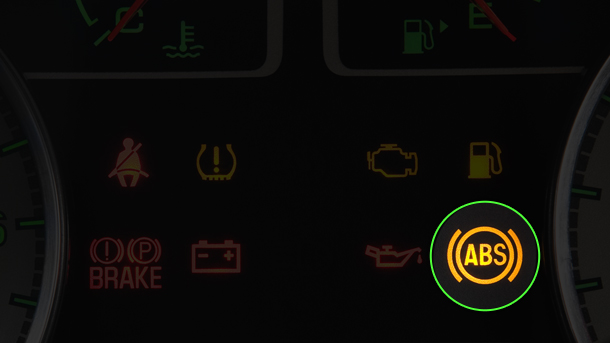
- A red light is not a Snapchat break – While you know full-well not to use your mobile phone while driving (or have it resting on your leg, or placed between your shoulder and ear), it’s important to remind yourself that the same applies at a red light – under the law, you’re still driving when you are stopped at a traffic light. If you happen to get caught, the police won’t think that Snapchat selfie was as important as you may have.
- Blinded by the light – Driving at night brings a new level of complexity: it can be harder to see than it is during the day, and you have to deal with glare from oncoming traffic. So don’t give off glare either: remember to dip your high beams for oncoming traffic. And don’t forget the basics: keep your windows clean to maximise visibility at night.
- Steering out of trouble – It may sound obvious, but if the road you’re on has potholes or is slippery, drive more slowly so you can anticipate and avoid them. If your vehicle comes with Electronic Stability Control (ESC), that can be a great help too. ESC uses a system of sensors designed to support stability when your vehicle starts to slide away from your intended path, by braking individual wheels and reducing engine torque as needed.
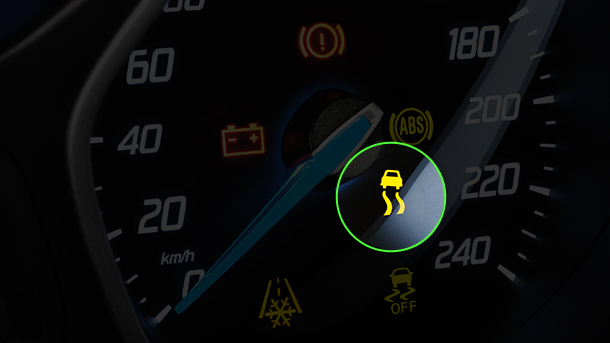
- Rules and curfews – According to the Road Safety Department of Malaysia (JKJR), the highest number of road fatalities involved teenagers between the ages of 16 to 25 years of age. Try not to drive to events when you know there will be alcohol. Even if you know the rules about not drinking and driving, peer pressure may put you in a tough spot. Giving yourself a curfew will also help you manage your own fatigue levels.
- Just in case – Make sure you have the knowledge of what to do if you are in an accident. Turn on your hazards. Turn off the engine and check that you and your passengers are OK. Have your documentation and local emergency numbers on hand. Check if it is safe to get out of your vehicle. Make sure you exchange information if there is another party involved.
As the old saying goes, practice makes perfect. We’ve all been in your shoes as a new driver, and we all found ourselves in sticky situations. With practice – and with these tips – you’re well on your way to becoming a confident driver.
Source: Ford Malaysia
Other posts by AF Newsdesk

